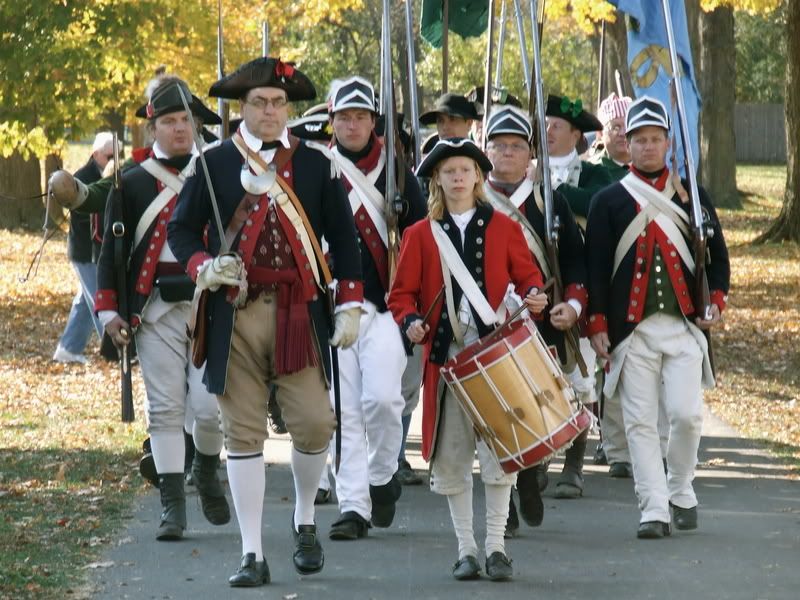
I do a lot of editing for my boss, which is currently my primary running rant for several reasons, none of which have to do with what I'm musing upon now: language and editing (I know, my post title is inspired).
Unlike my boyfriend, who is truly bilingual and probably could count as being trilingual, given his near-fluency in German, I remain stuck in English-mode for about 90% of my life. This is partly because of my job--in academia, the langue de rigeur is English, and conversations are either mind-numbingly simple ("Hi, how are you?") or extremely complex ("But the CYP450 system does not phosphorylate residues next to proline") and there's not a whole lot in between where a person at my current level of understanding can really get in on. However, when I do "flip the switch", my understanding of the language is now at the point where the switch is total. That is, I no longer try to translate the words as I hear them, but I (try to) understand the meaning as it comes along. I even kinda like watching the news, now (if only because pictures make everything much easier to follow).
A friend of mine who now lives in Japan and speaks, reads, and writes Japanese at a native level, described it this way: you cannot learn to a language rule by rule; you have to learn how the language "feels". I think it's true: when most adults want to learn a language, they start going at it the way a computer programmer would: x input = y output. If you think about it that way you'll get nowhere fast. It's more like getting to know a lover: you start with the small things--dinner and a movie--and then you move on to the more complicated things--life, the Universe, and Everything--and as you do, you grow to understand that person. Or, in this case, a language. Some ways to say things "feel" right. Others, not so much. Dat is het verschil tussen "weten" en "kennen".
What's all this got to do with editing? I gotta confess something right away: the sort of editing that I do (mostly) is for scientific papers, in a field which has its own lexicon and diction, so it's not as if I'm critiquing the latest thriller or anything like that. Maybe the following would be different if I were going over potential best-sellers, or something targeted at people who don't have PhDs.
That being said: Editing has almost NOTHING to do with finding grammar/spelling mistakes. I mean, sure, you have flubbed verbs and spelling mistakes left and right, but that's no different from 98% of the writing done by native speakers (who tend to use pseudo-words like "alot" and mix up their/there/they're). These sorts of things pop up no matter where you go, what language you speak, and who's writing it--here's a game for you: find all my grammar/spelling mistakes in this blog. There are more than I'd like to admit.
Rather, it has to do with a) understanding what the author wants to say, and b) helping the author to say it. In other words, meaning matters more than grammar. Your grammar can suck like a Hoover*, but if your meaning is clear, then the editing is easy. On the other hand, if you don't know what it is you want to say, it becomes much, much harder to edit--even if your English is perfectly correct. You have to have an understanding of the meaning of the text you're editing, and then figure out why the meaning isn't clear, and then think of how to fix it so that the meaning is clear--and, if you can, preserve the voice of the original author.
Editing is a lot like learning a lanugage. It's about being able to keep an eye on how the big picture evolves when you tweak the little things.
*Original thought was a lot more explicit--I do try not to use cliches.

 height="300" border="0" alt="White Road">
height="300" border="0" alt="White Road">